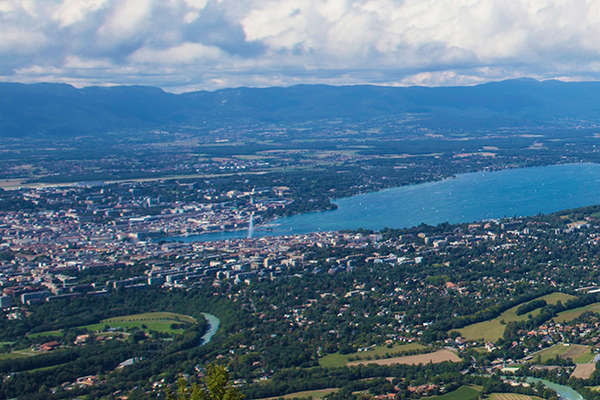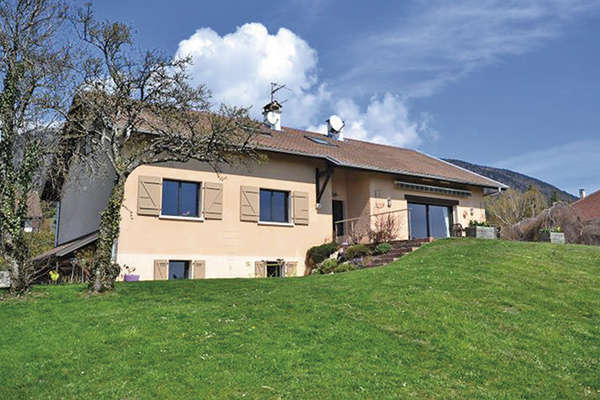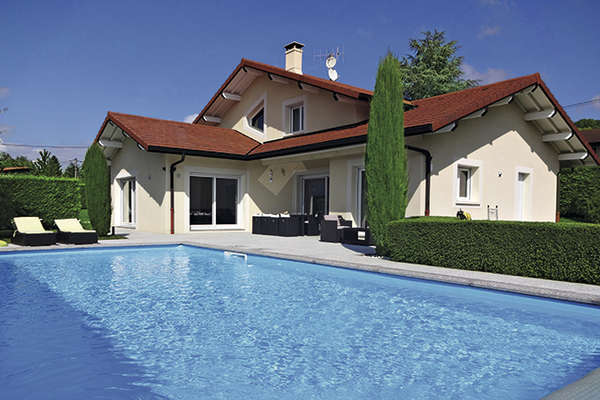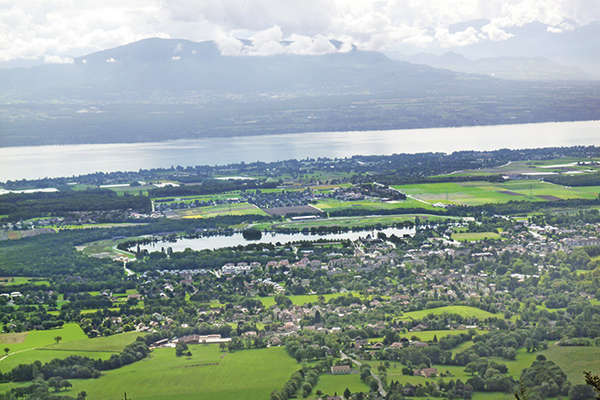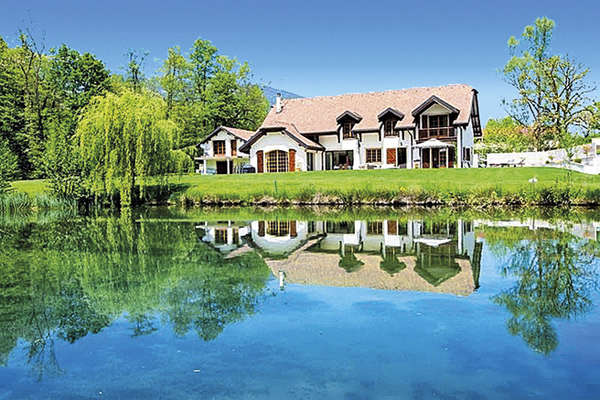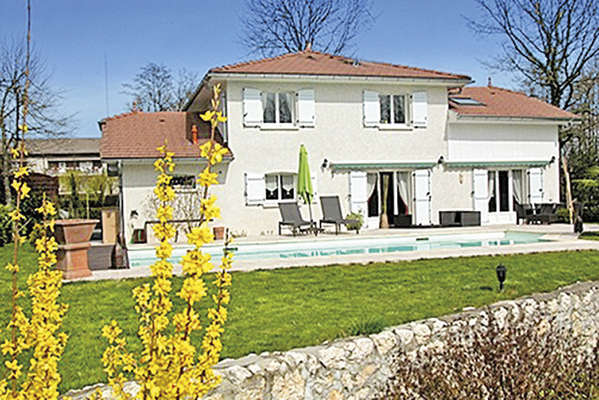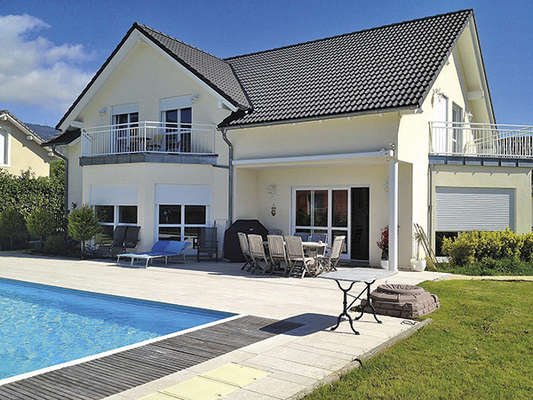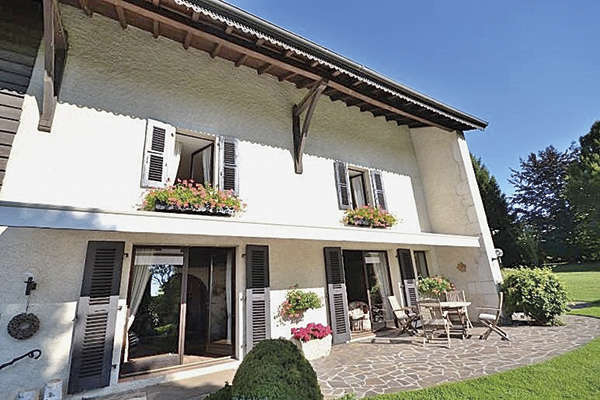Marseille, inventory of a very diverse market
Radia Amar - 23 December 2015
The Phocean city is characterized by an urban landscape undergoing extensive changes. Old apartments, industrial lofts, high-class residences and affordable homes all compose a mixed bag of offerings meeting the most varied demands from young local buyers, rental investors, and a well-off clientele, local or otherwise, placing their bets on this go-ahead town with high economic and tourist potential.
Visibly struggling since 2012, the property market in Marseille played a waiting game until the summer of 2014, began to shows signs of life from August, then registered a modest upturn at the beginning of 2015, which has picked up speed since the post-holiday period in September. A process explained by “the gradual deflation of the property bubble with falling prices, and a property scene which has gone from being a sellers’ market to a buyers’ market, the latter perfectly prepared to do some tough bargaining,” according to Stéphane Jay of the Casaloft agency. The turnaround nevertheless needs some differentiation, as it mainly concerns small rental investment properties and modest year-round apartments (priced under 250,000 €). Luxury properties worth over 600,000 € are still standing on the sidelines. “This situation is encouraging buyers to make a comeback, with, on the other hand, the upturn producing a surge of properties up for sale. Even so, the stocks available are lower than in previous years and the number of high-end properties remains insufficient. In this context, in which most transactions consist of carefully reasoned acquisitions, with longer lead times for completion of sales, some owners, especially those who acquired their homes during the heyday from 2005 to 2008 and those who invested in substantial renovation, have withdrawn their properties from the market.” In areas in the southern part of the city, more moderately affected by the crisis, properties with gardens and sea views are still in demand, together with contemporary homes. “The most sought-after neighbourhoods are still comprised of the area around the Old Port, Roucas-Blanc, Endoume, Bompard, the Vallon des Auffes, Corniche Kennedy, Malmousque and the “Golden Square” around Square Monticelli and the Parc Bagatelle, from the hills of Perier to the 2nd Prado. Buyers - mainly young people working in Marseille, but also new arrivals - are looking for spacious, tastefully renovated interiors in loft style. Some opt for properties requiring renovation, which they can acquire more cheaply and refurbish to their own taste.” Stéphane Jay mentions, for example, a 3 bedroomed apartment of 123 m2 designed by an architect in a town mansion at the heart of Le Roucas Blanc. Offering refined appointments and a panoramic roof-terrace of 100 m2, it is up for sale at 1,190,000 €.
Encompassing neighbourhoods around the Vieux-Port, shopping streets in the hyper-centre, Le Panier and the completely transformed area of La Joliette, the 1st and 2nd arrondissements present contrasting facets. “Our clients are looking for 2- and 3-bedroomed apartments. Working in the centre, they want to be able to do everything on foot. Many rental investors are also searching for small surface areas, especially as some examples have become very affordable since the drop in prices,” explains Frédérique Magloire of Century 21 Aline Immobilier, mentioning a studio to renovate, close to the Place de Lenche, on offer at 44,000 €. “In old buildings, prices now range from 2,500 to 2,700 € per sqm ; around 2,000 € per sqm in less sough-after neighbourhoods, while new residences post prices around 3,000 € per sqm.” Thanks to these very reasonable prices, buyers are highly motivated. With average budgets of 150,000-200,000 €, they hope to find a 2- or 3-bedroomed apartment meeting their requirements, like one 3-bedroomed example of 70 m2 to renovate which just sold for 160,000 € on Boulevard de Dunkerque. First-time buyers with more modest budgets ranging from 100,000 to 120,000 € fall back on 1-bedroomed apartments. “Sellers are beginning to digest the decline we have seen on the market,” adds Frédérique Malgoire. “The prices we post therefore truly correspond to the reality of the market in the centre of Marseille.”
